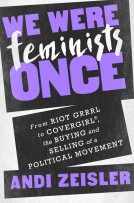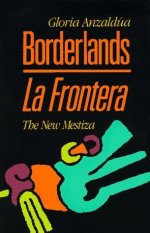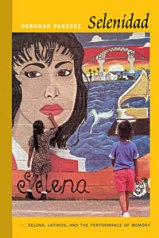One day my professor asked me, “If you had the opportunity to teach anything you wanted, what would it be?” Well ladies & gents, I decided to teach that course this semester (my last semester at Lehigh and in the Lehigh Valley) I will be teaching a class on both queens #Selena and#Beyonce and all the beauty that comes with it!
In this course, we will examine the pop culture phenomenons Beyonce and Selena and their impact in the 20th and 21st centuries. We all know that Beyoncé Knowles is one of the fiercest queens the R&B world has ever seen. But back in her teenage years, this Texas girl used to admire the talent of another fellow queen, Selena Quintanilla. Pop divas known exclusively around the world on a first name basis, these two women have crossed borders of language, culture, gender and sexuality through their music and image. In analyzing these two figures, we can discover ways that they have created a rhetoric of pop feminism, making feminist theory, speech and actions accessible. This rhetoric introduces feminism to a new generation who are looking for ways to define their globalized world views on age old issues in America. Both Selena and Beyonce have been critiqued in their lives for their fame, even Selena whose death was arguably caused by her fame, so the question remains about the power they have as music icons. Students in this section will examine the influence of the pop divas on American culture– by analyzing written, oral and visual texts (arguments, theory, think pieces, documentaries, film, albums, plays, etc.)–and researching themes such as sisterhood, womanhood, intersectionality, joy, love, rejection, masculinity, sexuality, freedom, citizenship, and culture. During this course, one of our goals is for students to become aware of the fluidity of cultural identities by exploring the ethnographic and socio-political impact of the categorization of race and gender on Black women and Latinas in the U.S. Students will learn how to compose analyses and researched arguments in written and visual multimodal forms inspired by both pop divas. (Provided by Cynthia Estremera: https://4elementsofme.wordpress.com/)
If you would like to follow along with our class, please feel free to download and print the course schedule below (everything in red gives you access to the reading material):

brenda-martinez_beyonce-and-selena
Course Texts (I will continue adding texts that serve our learning objectives, and I will be updating my website with these resources)
- Selenidad: Selena, Latinos, and the Performance of Memory by Deborah Paradez
- For Colored Girls Who Have Considered Suicide / When the Rainbow Is Enuf by Ntozake Shange
- This Bridge Called My Back (Fourth Edition) edited by Cherrie Moroga & Gloria Anzaldua
- Black Feminist Thought by Patricia Hill Collins
- Borderlands/ La Frontera by Gloria Anzaldua
- Intersectionality by Patricia Hill Collins & Sirma Bilge
- Teaching My Mother How To Give Birth by Warsan Shire
- We Were Feminists Once by Andi Zeisler
- Beyonce’s Lemonade (2016) Visual Album
- Selena (1997) Biopic
Selected Chapters: (some of the readings are provided below – click on the link for access)
Post-Feminism and Popular Culture : mcrobbie-postfeminism

Heroine Addicts: Feminism and Hollywood
Our Beyoncés, Ourselves: Celebrity Feminism
The Golden Age of (Feminist) TV

What is Intersectionality?
Getting The History of Intersectionality Straight?

Feminism Is For Everybody p. 37-44 and p.85-93 bell_hook_feminism_is_for_everybody

Borderlands La Frontera: The Homeland, Aztlan
Borderlands- Towards a New Mestiza Consciousness

Asian Pacific American Women and Feminism
Gee, You Don’t Seem Like An Indian From the Reservation
Lesbianism: An Act of Resistance




Readings Continued (Beyonce/Lemonade):
‘I Am Becky With the Good Hair’ And I am also Beyoncé.
Close To Home: A Conversation About Beyoncé’s ‘Lemonade’
Empowering Self, Making Choices, Creating Spaces: Black Female Identity via Rap Music Performance
Pussy Don’t Fail Me Now: The Place of Vaginas in Black Feminist Theory & Organizing
